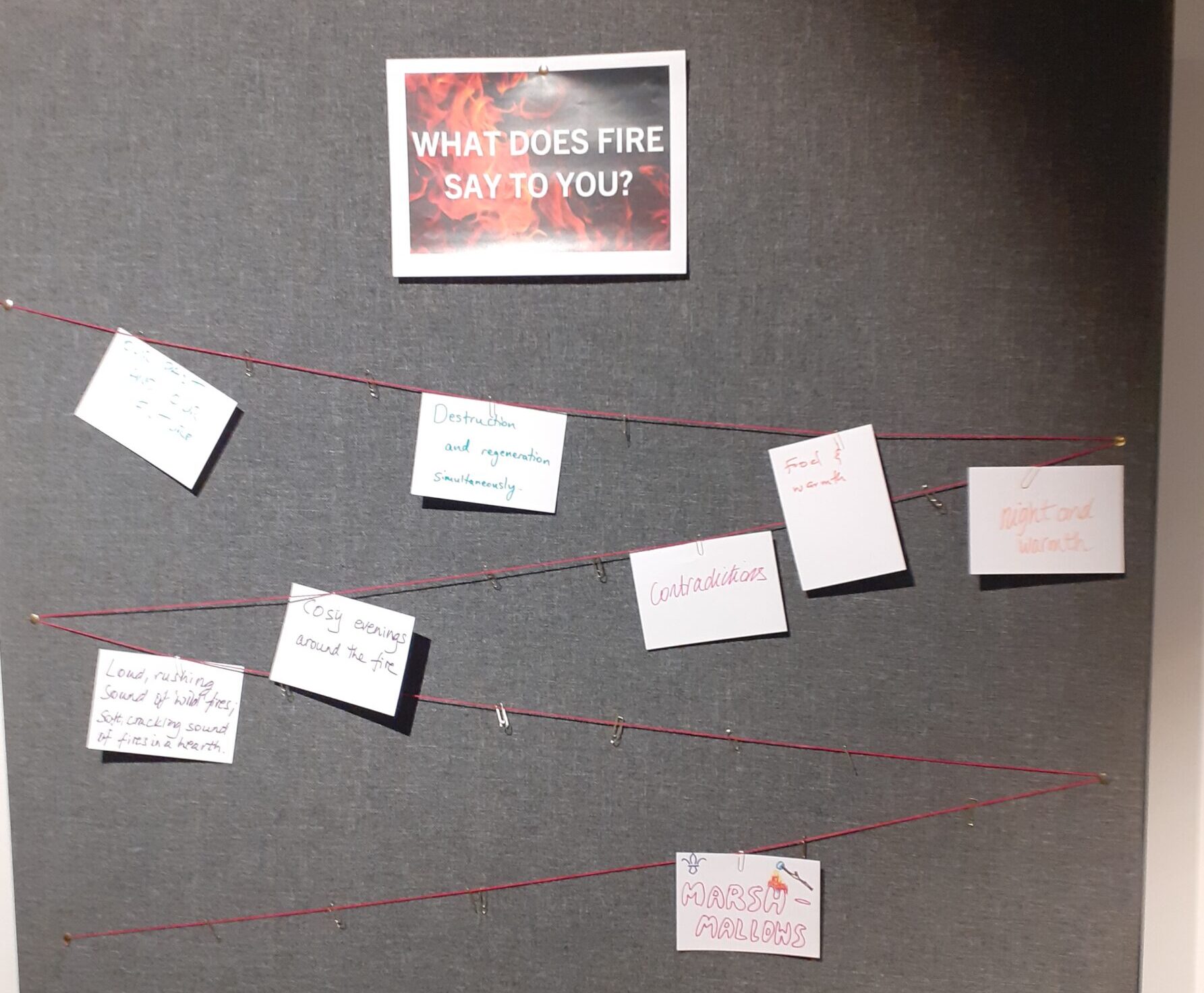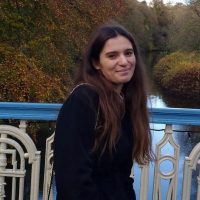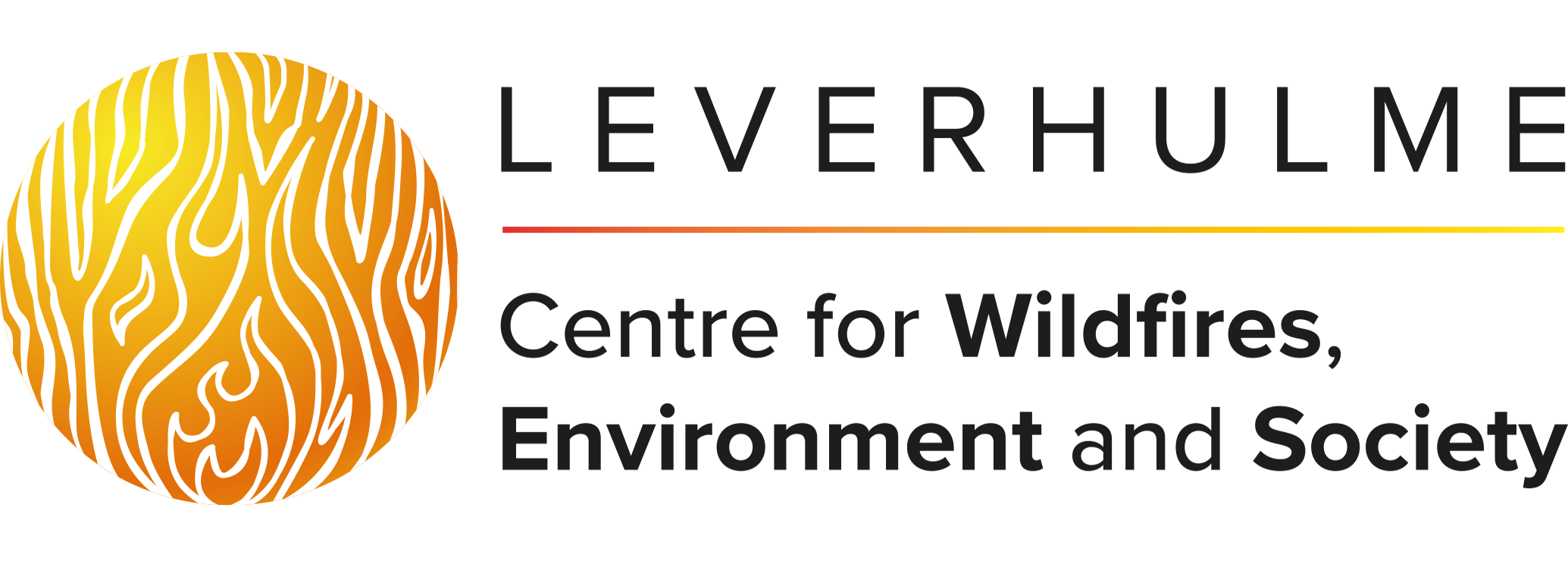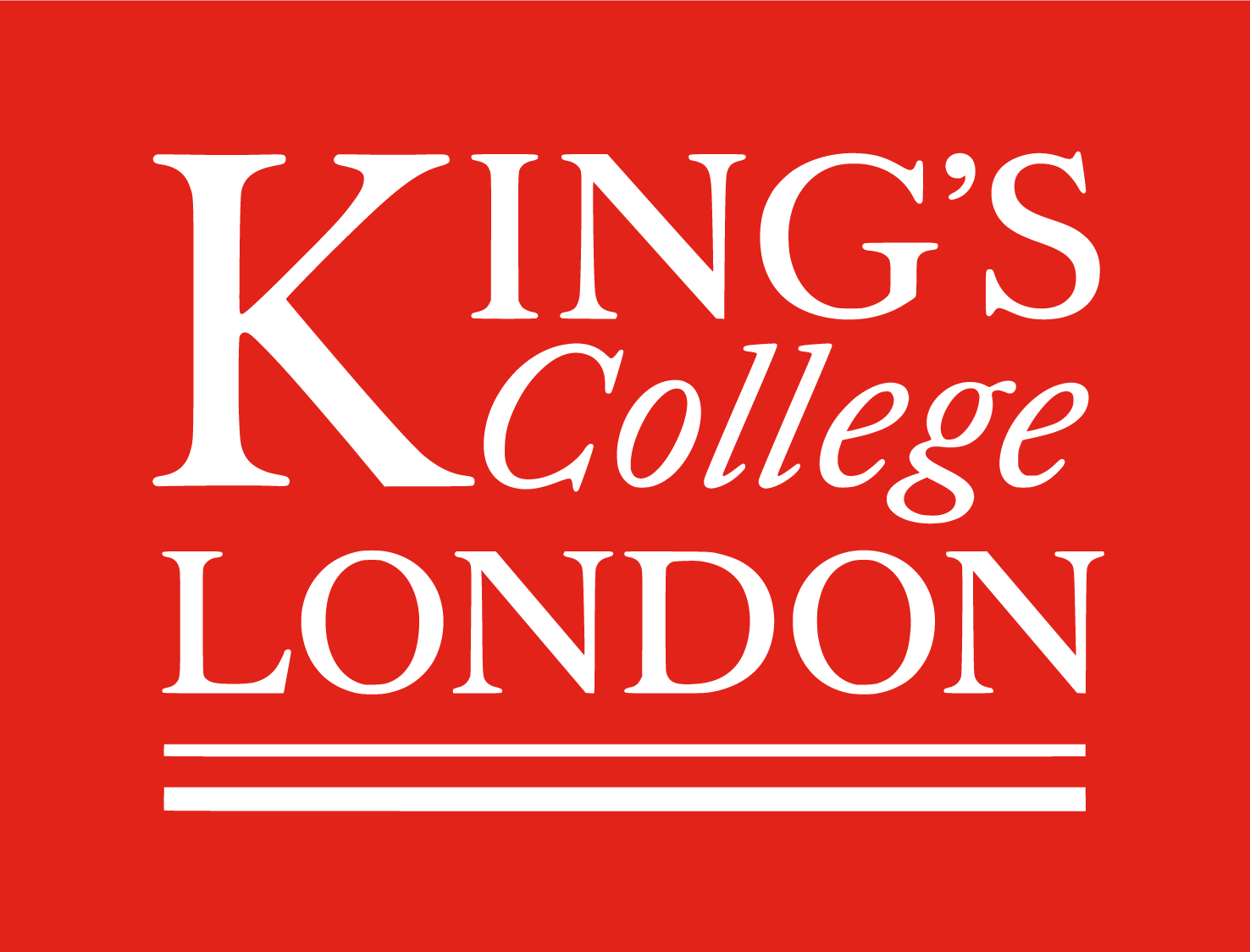By Olivia Haas
This article is associated with the event – Stolen Climate: Global Perspectives of Fire on Earth
Wildfire seasons in the last few years have been some of the deadliest on record. Increasingly, images of a world on fire are being used to demonstrate the current climate emergency. However, our history with fire is a long and complex one. Without fire, human societies as we understand them today would not exist. A world without wildfires would also look very different to the world we know, with some ecosystems such as savannas and grasslands potentially replaced by trees. How can we understand the diversity and history of wildfires on Earth?
In some ways, wildfires are like languages. They have some shared or universal characteristics, but they are also diverse, complex, and dynamic
In some ways, wildfires are like languages. They have some shared or universal characteristics, but they are also diverse, complex, and dynamic, and “communicate” with the Earth in different ways. Moreover, this communication is not one-sided. Certain properties in the Earth’s system have led to the establishment of different types of wildfires. Whilst in some parts of the world wildfires are small and frequent, in others they are rare but intense.
Vegetation and human societies have evolved as a response to these different languages and adapted to live alongside them. For many of us, we no longer interact directly with fire, so it is difficult to hear any of these languages – or in other words, we don’t recognise or understand the complex relationships between wildfires and the Earth, or between fire, people and ecosystems. However, without this understanding, we have no way of anticipating how wildfires may change, and how we may need to respond.
The last few decades have provided satellite imagery allowing us to zoom out and look at wildfires from above. From this perspective, it becomes easier to understand the “global conversation” – the global patterns in wildfire occurrence, size and intensity over space and time. Global maps of wildfire frequency, size or intensity look very different from each other, suggesting that each of these aspects of wildfires have different causes.

Figure 1. Global maps of burnt area (BA) (top) wildfire size (FS) (middle) and wildfire intensity (FI) (bottom). The burnt area map is derived from monthly data from 2010-2015 from GFEDv4 (Randerson et al 2015), the wildfire size map is derived from monthly data from 2010-2015 from Globfire (Artés et al., 2019) and the wildfire intensity map is a metric used in Haas et al., 2023 and derived from the fire radiative power data from MODIS (Giglio et al., 2009) and the fire size data from the Global Fire Atlas (Andela et al., 2019). All maps are displayed at a 0.5×0.5-degree resolution.
Using statistical models, we can fit simple linear relationships between aspects of wildfires and climate, vegetation, and human activity. This allows us to translate the global patterns and understand how different components of the Earth system control the distribution of wildfires.
For example, such models have shown that whilst total burnt area is constrained by the amount of vegetation available, wildfire size is more restricted by vegetation continuity and wildfire intensity limited by vegetation density. Once fitted, these models provide tools with which to explore how global wildfire patterns may change under different conditions.
By testing the response of global wildfires to different scenarios, we can gain insight into how the global patterns may change
Such tools are crucial to our understanding of the future distribution of global wildfires and vegetation on Earth. By testing the response of global wildfires to different scenarios, we can gain insight into how the global patterns may change, and which aspects of climate, vegetation, and human activity it is most sensitive to.
However, from above it is more difficult to hear the “dialects” of wildfires – the complexity that lies underneath. A zoomed-out view only provides information on the wildfires we see from space, meaning that many are overlooked. Additionally, the relationship between wildfires and people as well as the interactions with fauna and flora cannot be captured.
Wildfires “speak” in different ways and at different scale. Whilst looking from above is crucial, we must also make sure we listen all perspectives to get the fullest understanding of wildfires on Earth. What does fire say to you?

What does fire say to you? Our past and our future. Destruction and regeneration simultaneously. Food and warmth. Marshmallows. Cosy evenings around the fire. Night and warmth. Loud rushing sounds of wildfires, soft cracking sound of fires in a hearth. Contradictions. (participant responses from Stolen Climate event)

Olivia Haas is a PhD Student in the Department of Life Sciences at Imperial College London. Her PhD explores CO2 impacts on past and future future regimes and their consequences for biodiversity






